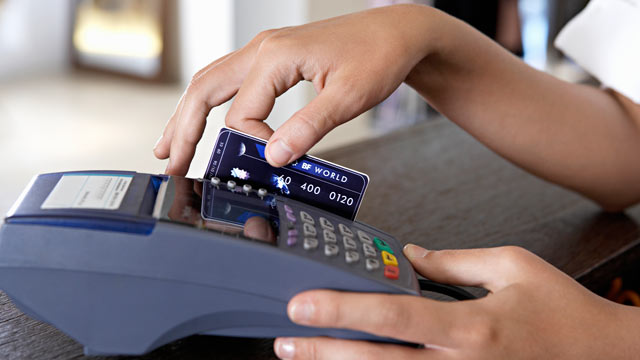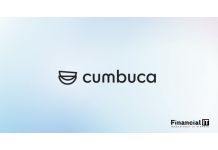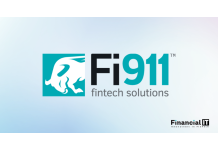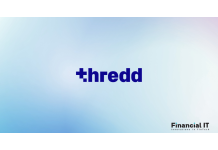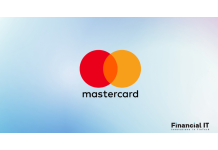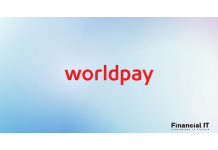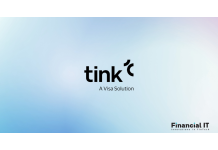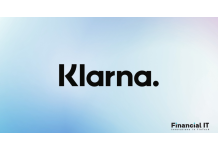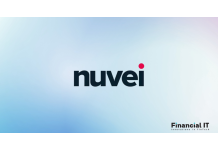Circle Collaborates with Pismo and Visa to Launch...
- 04.12.2025 12:15 pm
Cumbuca Launches Fast-Track Payments Initiation Access...
- 04.12.2025 10:15 am
Flywire Expands Partnership with TenPay Global to...
- 04.12.2025 08:45 am
Fi911 Launches ResolveLab, a White-Label Disputes-as-a...
- 04.12.2025 08:45 am
Thredd Powers Successful Migration of BigPay’s Card...
- 03.12.2025 02:45 pm
Six Payments Trends for 2026
- 03.12.2025 09:50 am
ClubManager Accelerates UK Expansion with Worldpay’s...
- 03.12.2025 09:45 am
Fidelity International Introduces Tink’s Pay by Bank...
- 03.12.2025 09:45 am
Cozey Partners with Klarna to Bring Flexible Payment...
- 03.12.2025 08:35 am
Nuvei Expands Partnership with Microsoft
- 03.12.2025 08:25 am
Klarna Launches Tap to Pay for In-Store Purchases...
- 03.12.2025 08:15 am
Colombian Fintech MOVii Enters Peru to Operate as a...
- 03.12.2025 08:05 am

